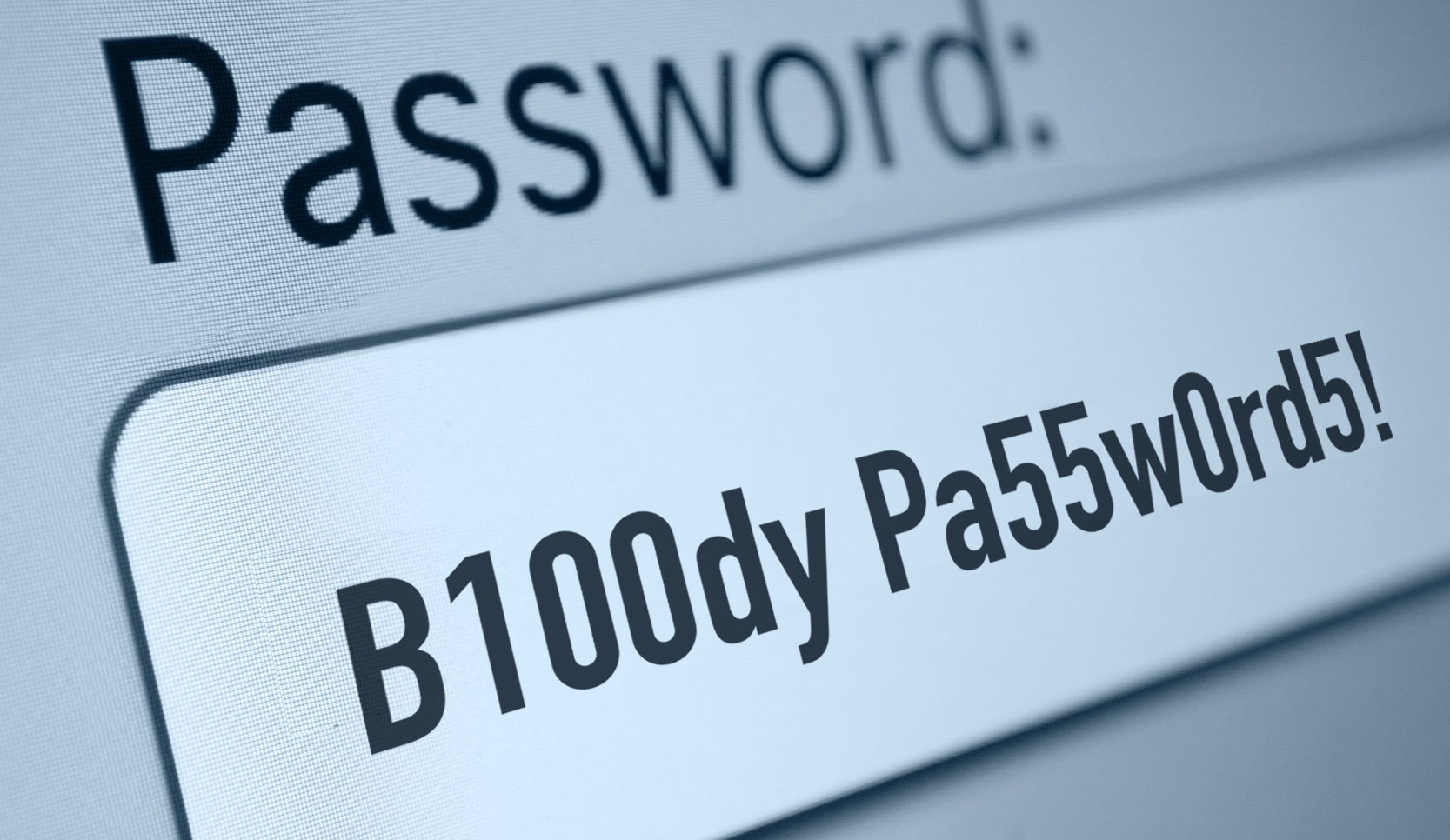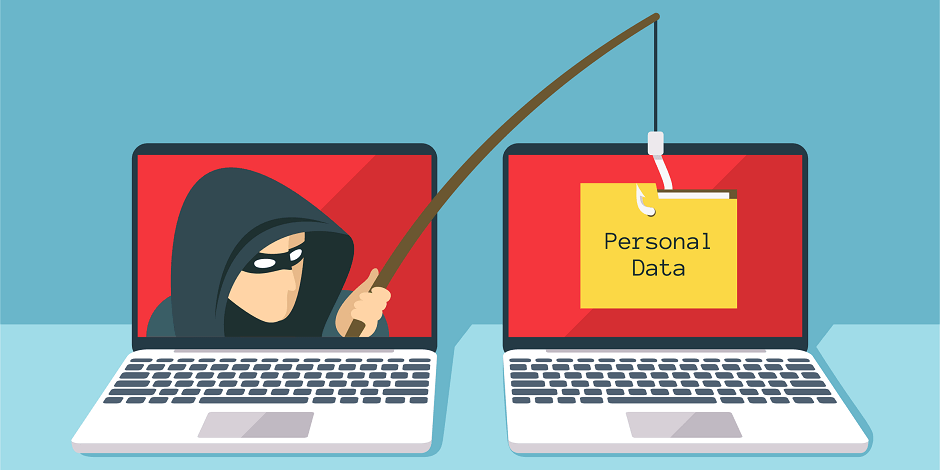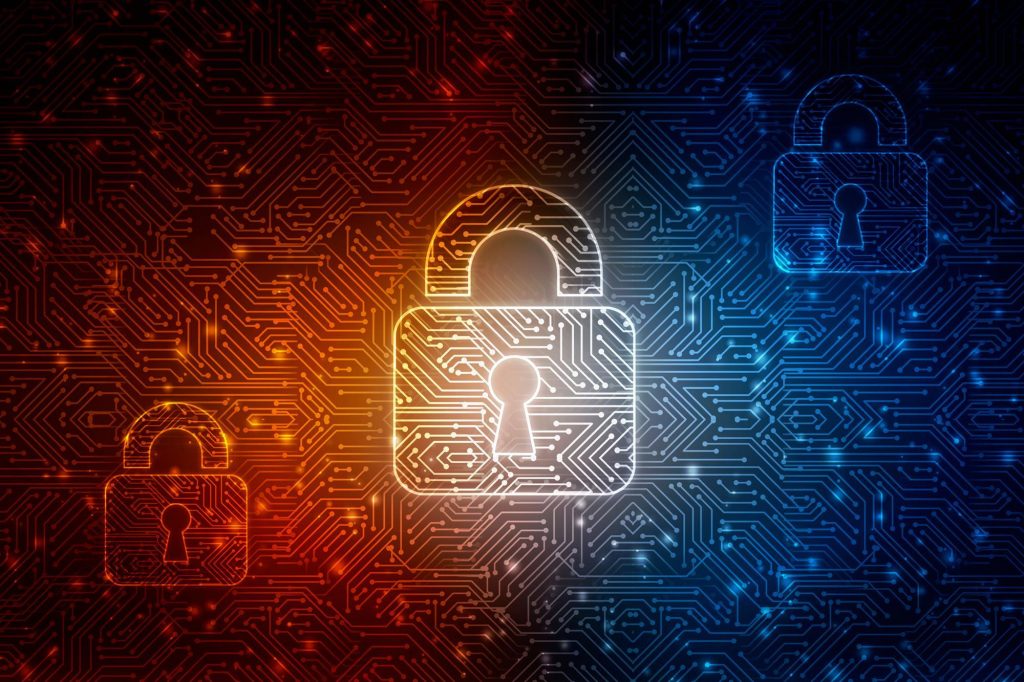Your transactions were interrupted by a sudden error in the bank’s website. Maybe you woke up to find your money withdrawn by unknown parties. Maybe you unknowingly fell into a scam. You became paranoid of your account’s security, yet you still cling to it and you are now probably seeking a doctor to cure your paranoia. Worry no more.
Following an internet bank account creation Malaysia, security is no doubt the utmost priority, whether you are using Hong Leong, CIMB or Maybank. The measures retain the same. Here are four that you can take to fortify your account’s castle walls.
A Longer Password

Never use the same password.
This is one of the most common mistakes done while trying to protect your identity. You do not want hackers to access your account by simply guessing the password, which is a cakewalk to them if it turned out to be similarly used in other platforms such as social media and emails.
Create a longer password, perhaps with a phrase or short sentence. If you want to reference it from the media, ensure that it isn’t well known enough to a large audience. Add symbols and numbers to further strengthen your password, or use them in its entirety without letters. If you worry about forgetting your long password, write it somewhere on your personal note. A paper is not only safer than a computer or phone, you also can’t lose it from digital error.
Identify Online Scams

There are a variety of scams deployed to trick people into giving up their personal information and access their online savings. Maybe you already know well enough to not take any unknown calls or trust anyone who asks for your personal info, but you must also remember that online scams still exist on the web. For instance, a trojan is a malware that is disguised as a legitimate file and attacks the user’s computer to steal their info upon clicking on them. A login spoofing works by presenting the bank’s login page to the user, where upon entering their usernames and passwords, these were sent to the culprit.
Bank websites tend to provide different types of threats to identify, so if you want a quick peek on what they are, this is a good start. Wherever you go to research them online, get yourself familiarized with the methods to identify them from a mile away.
No Bank Asks For Your Personal Info
Though the previous section already mentioned not trusting anyone that asks for your account details, this one isn’t just about anybody. Sometimes you may get a message or call claiming to be your bank and request for your information.
Here is a fact by every bank: none of them will ever ask such from you. This is the biggest red flag that you can spot if you are aware of this, redder still if you receive a call in non-opening hours. The moment you hear the doomed question, hang up and report the call or message to your actual bank.
Watch For Local News Related To Online Bank Security
Last but not least, it is good to keep up with the latest news related to online banking, especially if they cover any issues impacting their securities. This allows you to be aware of recent bank frauds, scams or even errors in the bank’s own system. Unless you are affected, there is no reason to panic when reading about them. This is a good opportunity to learn about the scams or frauds used, how people fell for them and the impact of their own accounts. With this knowledge and foresight, you are able to take one step ahead of improving your account’s security and identification of malwares and offline scams.

